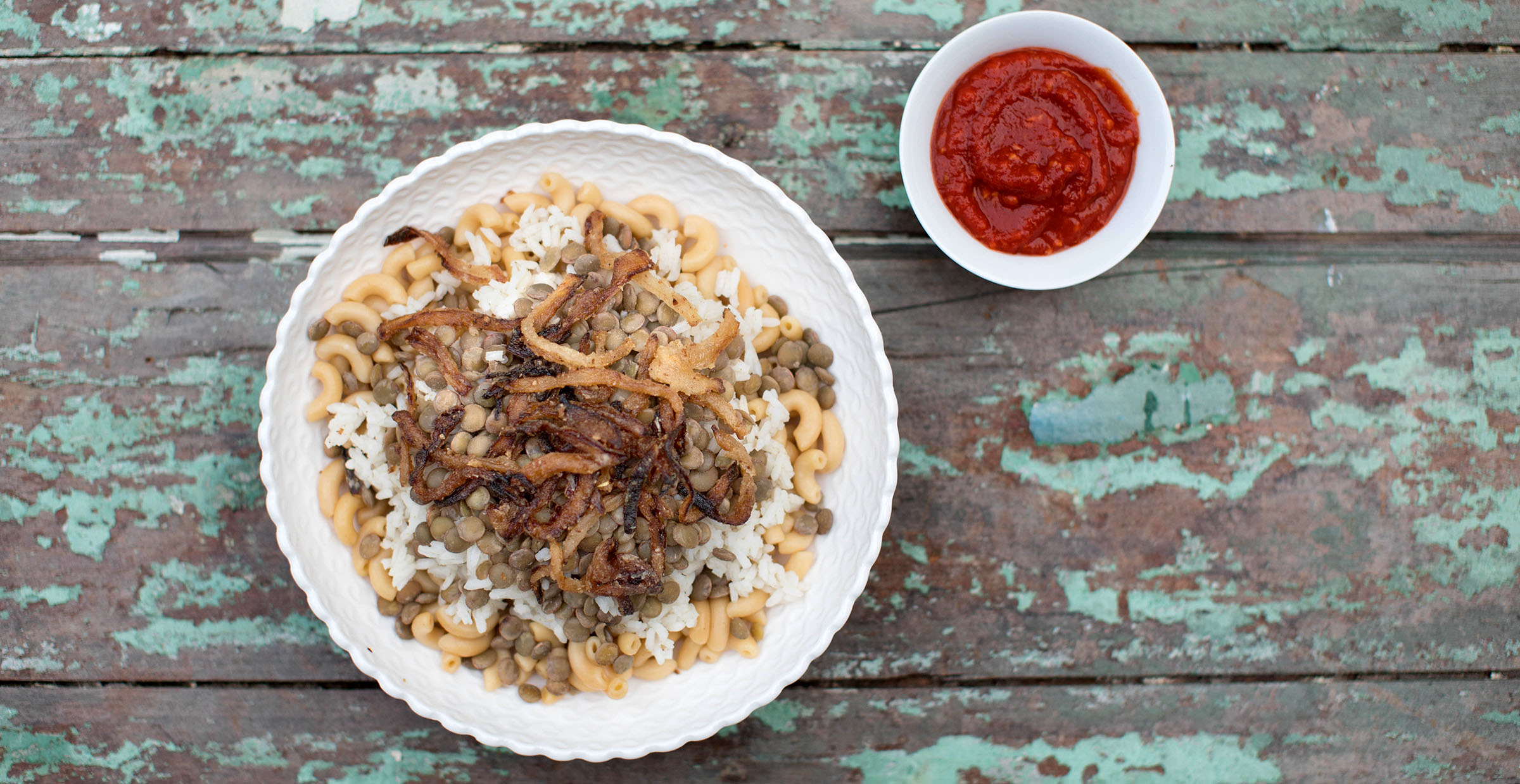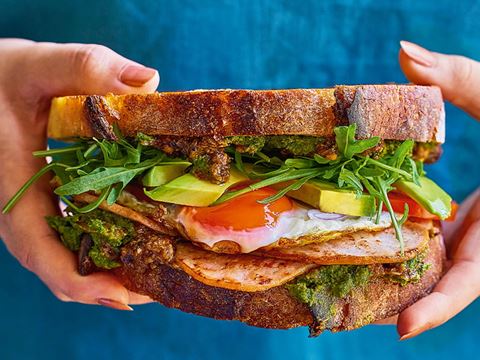
Flavors: Turmeric Shrimp with Curry Leaves
This dish was invented a year after I moved to New York, with the help of my large Asian pantry, especially curry leaves, whose smell reminds me of my innocent and unbound childhood.
This dish reflects the multicultural environment of my upbringing; it combines local ingredients and my Chinese heritage wok cooking.
I learned most of my basic culinary skills in my mother’s kitchen. She taught me everything—from raising livestock and preparing animals for slaughter, through the chopping block and ending at the dinner table. This dish was invented a year after I moved to New York, with the help of my large Asian pantry, especially curry leaves, whose smell reminds me of my innocent and unbound childhood. If you can’t find curry leaves, substitute chopped fresh dill. You can also use dried chilies instead of fresh: just soak in warm water for 10 minutes before slicing. Serve with rice.
Butterfly the shrimp shells: Using a sharp knife, cut along the curve of the backs, from the head to the tail, cutting about halfway through the shrimp. Remove the veins.
Combine the curry leaves, chilies, turmeric and pepper and use this to coat the shrimp.
Heat the vegetable oil in a wok or sauté pan over high heat. Cook the garlic and shallots until browned, about 30 seconds.
Lower the heat to medium, add the shrimp and cook until they turn pink and curl up, about 2 minutes. Turn off the heat, season with the sugar and salt and serve immediately.
Leyla Moushabeck, ed. 2018, Interlink Books, 978-1-56656-038-2, $35 hb, www.interlinkbooks.com.

You may also be interested in...

‘Desi Nachos’: Crunchy, Saucy Papri Chaat Recipe
Food
One of India’s most popular street foods, papri chaat are crispy chips of fried wheat dough, topped with zesty chickpea salad, drizzled with sweet tamarind sauce and finished with the crunchy Bombay mix and chaat masala seasoning.
Healthy Breakfast Recipe: Zaynah Din's Desi Twist on a Classic Sandwich
Food
Desi Breakfast Sandwich - This recipe for breakfast contains long-lasting carbohydrates, protein and healthful fats to keep you fueled as long as possible.
Muhalbiyat Al-Sagoo: A Fresh Spin on Sago and Lychee Pudding
Food
Obtained from the trunks of various palms, sago is used across Asia as a thickener for soups and stews and to make pudding. You can substitute other soft, sweet fruit like plums or pineapple, but the sweet juice of the lychee blends very well with milk. This is an exotic take on the traditional sago pudding popular in Gulf cuisine, made with sago, sugar and spices.